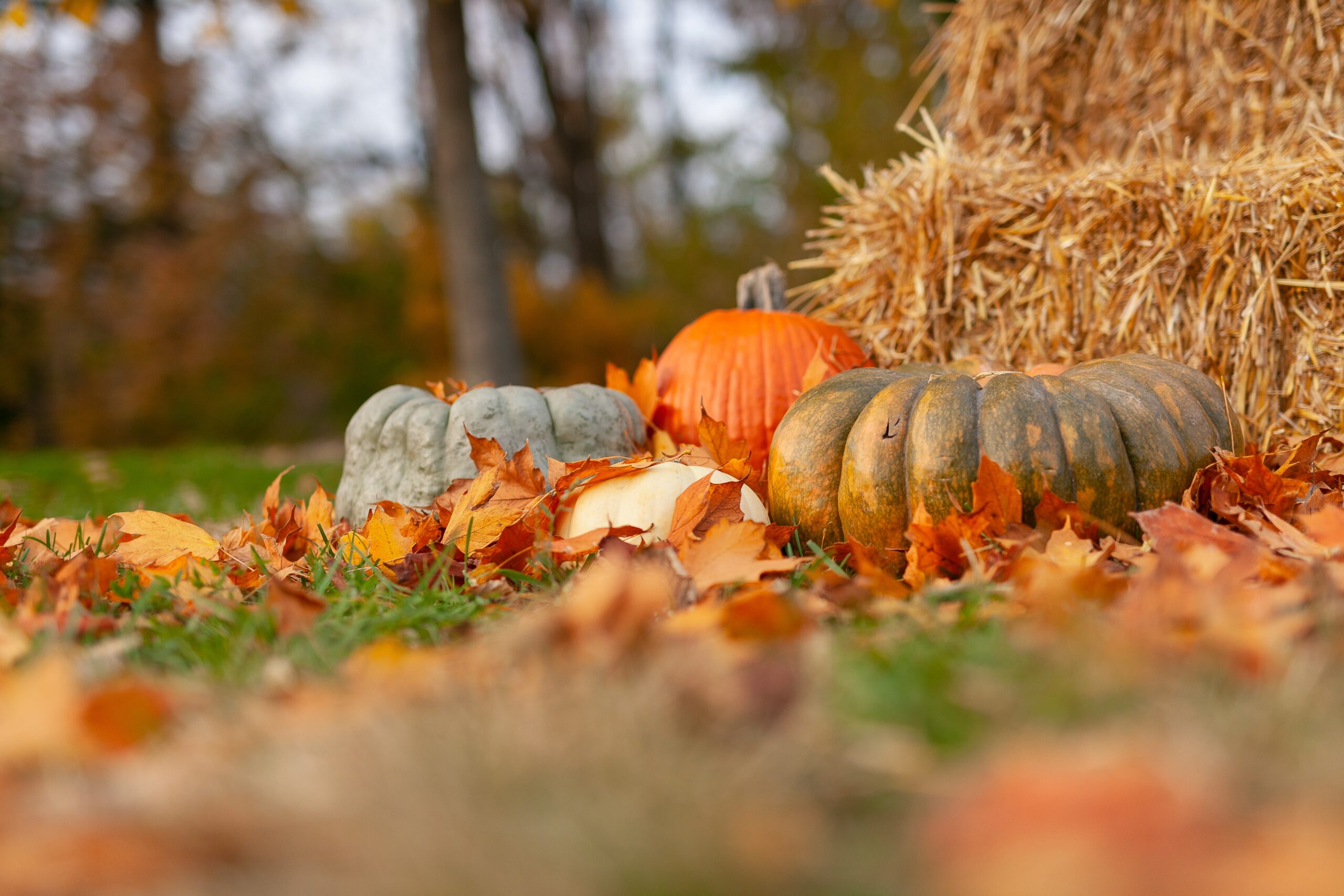Do you have a witch in your tree? Can you prove it?

by Michelle Dwyer Cohen
It’s nearly Halloween, one of my favorite times of the year, and I will be dusting off my purple satin witch’s hat soon. It has lovely black feathers and a veil with spiders on it. I will display it even more proudly this year, now that I am officially part of the ADEAW (Associated Daughters of Early Accused Witches).
If you are descended from an accused witch, and you can document it, you may also be eligible to join the ADEAW.
It will not be easy, but it can be fun to polish your genealogical documentation skills. The organization requires a proven descent from a person accused of witchcraft prior to 31 December 1699. In my case, that meant going back thirteen generations!
The application process is similar to other lineage societies. Applicants must follow the rules provided by the organization, and use the ADEAW formatted document as part of the submission process. The ADEAW website contains a list of over 300 witches who were accused, and serves as a good starting point for a quick surname check to see if you recognize any names from your own ancestry. If you have an ancestor who was accused and isn’t listed, that is even more exciting!
The key to success is to provide acceptable proof for each generation – the starting point being the evidence that your ancestor was an accused witch.
My ancestor came with an immediate challenge: there were no surviving court records documenting the original accusation by a neighbor. But interestingly, she was already a known ancestor for people to use at ADEAW.
Why was that? Because she (and her daughter) turned around and sued their accusers for defamation in Cambridge, Massachusetts in 1661! And those later court records do exist, and they carry parts of the neighbor’s testimony that may have been used at the time of the earlier accusation.
My ancestor’s name was Winifred (maiden name possibly Henchman) Holman. You can read more about her in historical and genealogical books about New England, including Cambridge Cameos, by Roger Thompson, and Great Migration: Immigrants to New England, 1634-1635, volume III, G-H, compiled by Robert Charles Anderson. There are other less reliable sources online.
Additional records that I needed to show my line of descent included Massachusetts town vital records, church records, headstone pictures, and wills. I also had to order birth, marriage and death records for the three most recent generations, where I didn’t already have them.
My finished application was seventy-two pages! When I got to the post office to mail it, the clerk asked me if I needed insurance, and I said no, even though it felt pretty valuable to me after all that hard work.
Once the application package arrived, the ADEAW registrar notified me via email, explaining the length of time it would take to be reviewed and my place in the overall queue. I waited about four months (just as she had said), and then received my acceptance letter in time for their annual meeting.
This year’s meeting was held via Zoom, but next year they plan to return to an in-person venue in the Washington DC area. I cannot wait to attend!
Let me know if you are a fellow ADEAW member, or thinking about joining, at newsletter@dallasgenealogy.org.

